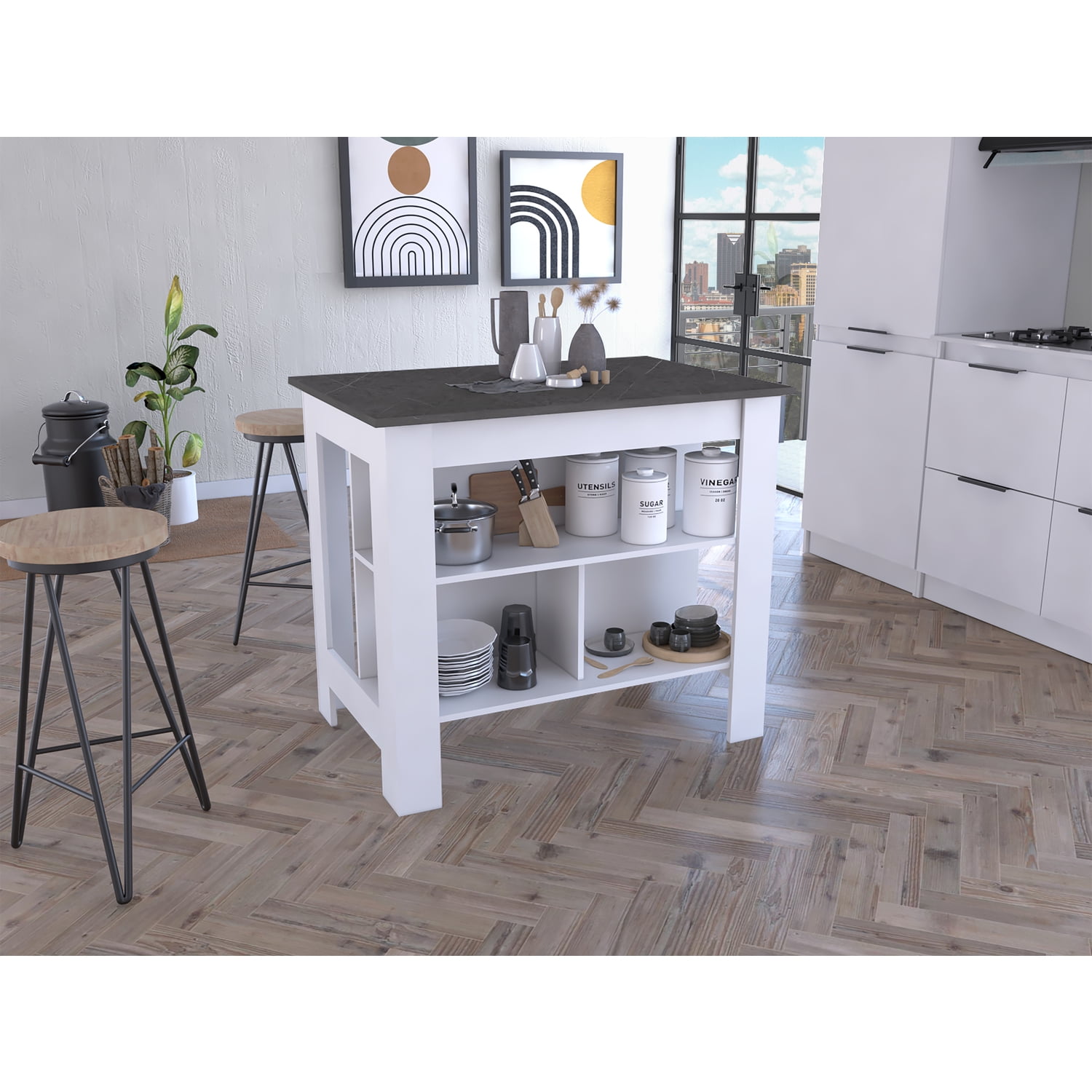Include Stability and Appeal with Sturdy Legs For Kitchen Island Setups
Include Stability and Appeal with Sturdy Legs For Kitchen Island Setups
Blog Article
A Guide to Choosing the Perfect Legs For Kitchen Area Island for Your Home
Selecting the suitable legs for your kitchen island is a nuanced decision that influences both the functionality and visual appeal of this main room. Aspects such as height, products, and design play a vital duty in integrating your island with the general cooking area style. In addition, recognizing the relevance of stability and maintenance can significantly affect your option. As you think about these components, it comes to be apparent that the right legs can change not just the appearance of your kitchen but also its usability for years to come. What specific features should you prioritize in this option procedure?

Understanding Cooking Area Island Legs
When selecting legs for a kitchen area island, it's necessary to recognize their aesthetic and practical duties in the overall style. The legs function as a vital assistance system, making sure security and sturdiness for the island, which usually functions as an office, eating location, or gathering area. The choice of material and building strategy must be robust enough to endure everyday usage and possible wear.
Along with their structural responsibilities, legs contribute substantially to the island's aesthetic allure. They can boost the cooking area's design, whether via traditional, contemporary, or eclectic designs. The height and proportion of the legs are also crucial considerations; they should balance with the island's counter top height while guaranteeing comfortable seating for those using the space.
Moreover, the leg design can affect the total circulation of the kitchen area. Open, airy leg styles can develop a feeling of lightness, while solid, substantial legs may share an extra based and steady aesthetic - Legs For Kitchen Island. Understanding these functional and visual aspects will lead home owners in making notified options that complement their cooking area's layout and improve its usability
Popular Styles and Products
The option of legs for a kitchen area island encompasses a selection of prominent styles and products, each offering special attributes that can enhance both capability and aesthetics. Amongst the most desired styles are contemporary, rustic, and conventional. Contemporary legs frequently include sleek, minimalist designs that stress simplicity and clean lines, making them suitable for modern kitchens. Rustic designs, on the other hand, welcome natural elements and often display reclaimed timber or distressed coatings, adding heat and appeal to the space. Typical legs usually exhibit elaborate details and workmanship, boosting classic cooking area designs.

Height and Security Considerations

The legs of the kitchen island must offer ample discover this info here support, making sure that the structure can hold up against everyday usage without changing or wobbling. Material option plays a considerable duty in stability; steel legs, for circumstances, tend to use greater stamina contrasted to wood.
Matching Your Kitchen Area Visual
Picking the best legs for your cooking area island goes beyond performance; it also plays a substantial role in the total aesthetic of the room (Legs For Kitchen Island). When selecting legs, think about the design style of your kitchen area.
Color is one more essential factor. Legs that complement or comparison with your island's surface and surrounding cabinets can develop aesthetic consistency or striking prime focus. As an example, combining dark wood legs with a light marble counter top can include depth and interest. Additionally, consider the surface of the legs; matte, glossy, or textured coatings can dramatically impact the general feel of the kitchen.
Installment and Upkeep Tips
Mounting kitchen island legs requires mindful focus to information to make certain both security and aesthetic allure. Use a stud finder to find wall studs if you are connecting the legs to a wall or making use of braces for added support.
When protecting the legs, use high-grade screws and, if essential, wood adhesive for added stamina. For metal legs, guarantee that you are utilizing appropriate anchors and tools to stop damages to your flooring. It is advisable to examine for levelness after setup, making changes as needed to prevent wobbling.
Clean the legs site here with an appropriate cleaner, preventing unpleasant materials that may damage the surface. By following these installation and upkeep ideas, you can make certain that your cooking area island legs stay both visually appealing and useful.
Final Thought
Finally, selecting the proper legs for a kitchen area island necessitates mindful factor to consider of elevation, stability, and visual compatibility. By choosing suitable materials and styles that line up with the total cooking area design, capability can be enhanced while maintaining aesthetic appeal. Correct installation and recurring maintenance additionally add to the durability and durability of the kitchen area island. Eventually, thoughtful leg selection plays a critical function in raising both the usefulness and layout of the kitchen room.
When choosing legs for a kitchen area island, it's important to understand their aesthetic and functional roles in the total style. Open, airy leg styles can produce a sense of agility, while strong, considerable legs may communicate a more grounded and steady visual. The legs of the kitchen area island should offer appropriate assistance, making sure that the structure can hold up against day-to-day use without moving or wobbling.Installing cooking area island legs calls for mindful interest to information to ensure both security and visual appeal.In final thought, selecting the ideal legs for a cooking area island necessitates mindful factor to consider of elevation, stability, and visual compatibility.
Report this page